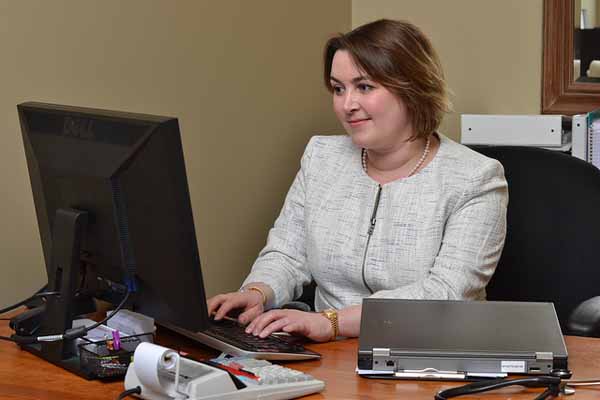
Like a stage actor who comes across awkward on a television or movie screen, you might find it challenging to connect with your patients during video telehealth visits.
When using telemedicine, the physician “is stepping into the patient’s environment,” says mHealthIntelligence. This can change the dynamics of the patient-physician relationship.
Here are two key tactics to make for five-star video visit:
- Maintain eye contact with your patient by looking into your computer’s camera as much as possible, not at the patient’s image on your screen. Certainly part of diagnosing a patient is listening to the description of symptoms and looking at the patient for physical clues. But remember that when you are looking at the patient’s image, it might appear as though you are looking away. Ideally you’ve arranged your setup so you can see the patient while you’re facing the camera and easily glance from one to the other as needed. If you need to look away, to take notes for example, tell the patient what you are doing.
- Make a point to be animated. Studies of telemedicine in psychiatry suggest increasing your “energy levels and expressiveness slightly” to counteract the sense of remoteness, Telemedicine Magazine says. Smile more, nod to show you are listening, and show enthusiasm when you speak. Make sure the lighting around you illuminates your face so your smile shows. Avoid backlighting, which darkens your face on screen and obscures facial expressions.
In addition, don’t do all the talking; give patients a chance to ask questions.
One study found that during in-person visits, physicians interrupt patients on average after just 11 seconds. From the patient’s perspective, such interruptions can seem especially off-putting when coming from a face on a screen.
Physicians “need to recognize that telemedicine is a two-way street, not a forum for the provider to talk while the patient passively listens,” Telemedicine Magazine says.
On the other hand, before ending the session, be sure to clearly explain next steps for follow-up, treatment, or prescriptions, as you cannot rely on handouts, nor can the patient ask a staff member for clarification after leaving the “exam room.”
If you have a patient portal, mention to the patient that follow-up information will be accessible there.
Last Updated On
February 07, 2025
Originally Published On
April 21, 2020